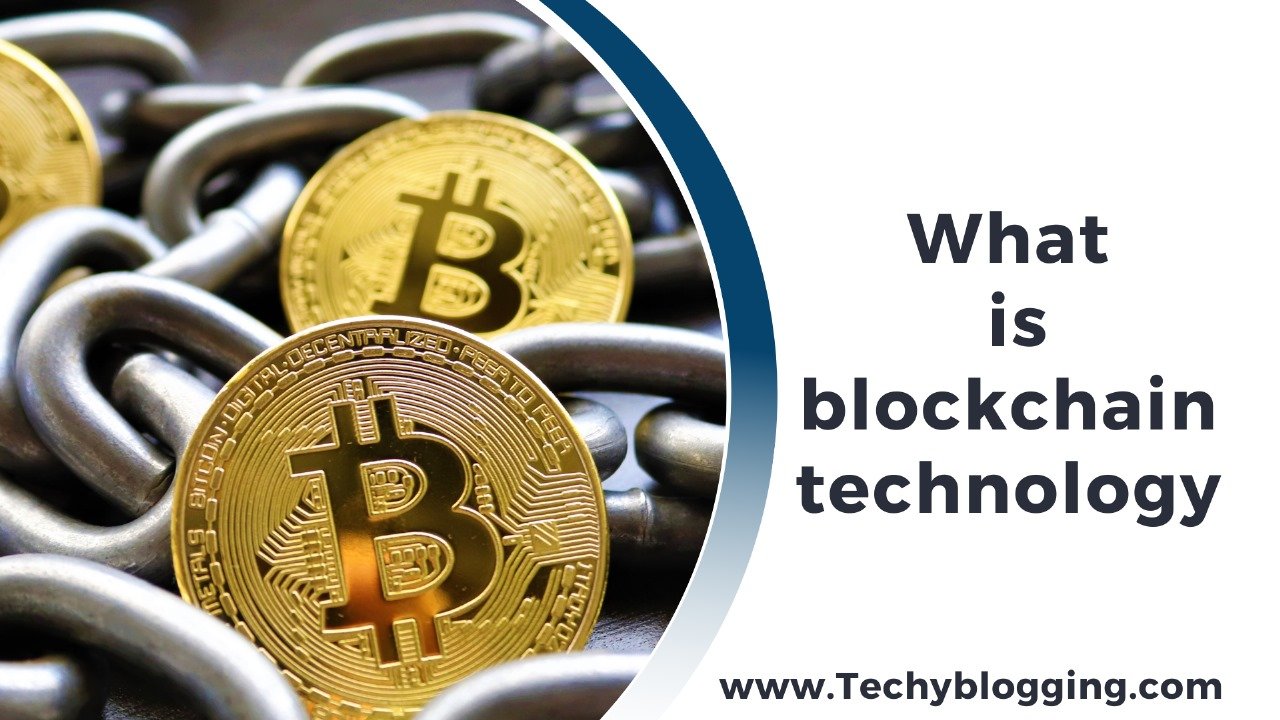Blockchain technology is emerging as among the top transformational technological innovations in today’s 21st century. It was first made famous through Bitcoin since 2009, possibilities that blockchain technology can prepare go far beyond cryptocurrency and are expected to change the way industries operate including finance and the management of supply chains. In this piece we’ll discuss the basics of blockchain technology what it is, how it functions and what its main features are as well as its possible applications.
What is Blockchain?
The fundamental concept behind the blockchain is the decentralised and distributed digital ledger which records transactions between diverse computers. That means that no single individual has the authority over the whole chain. Instead the management of it happens through an ensemble of people who are referred to as nodes. Every block includes a listing of transactions, their timestamps as well as a cryptographic hash of the block before it, joining them with chronological sequence. This arrangement ensures that when data is stored in the Blockchain, it can’t be changed or removed without the approval from the entire network.
Key aspects of Blockchain
1. Decentralization
One of the most important characteristics in blockchain technology is the fact that it’s not centralized. Databases that are traditional in their structure are generally managed by one entity that can cause issues like manipulation of data corrupted, loss of data, or unauthorised access. However, blockchain’s system of decentralization allows greater visibility and protection, because there is no one entity with the power to control everything.
2. Transparency
Blockchain is a clear and unalterable records of transactions. Every transaction is documented in a manner that’s accessible to everyone who is part of the network. Personal information is kept private but the details of transactions are easily accessible to warrant accountability among participants.
3. Security
Blockchain utilizes sophisticated cryptographic methods to protect information. Every block is connected to the previous block by the unique hash that makes it very difficult to modify information and not be identified. In addition, transactions require consensus between participants, thereby increasing protection against fraudulent modifications.
4. Immutability
After data has been added to the blockchain, it becomes practically impossible to modify or erase it. The immutability of blockchains is made possible by the mechanism of consensus, in which any changes need the approval of a majority of the participants within the network. This aspect is vital to maintaining the integrity and trust in the network.
5. Smart Contracts
Blockchain technology also supports the use of smart contracts–self-executing contracts with the terms of the agreement directly written into code. They automatically enforce and perform themselves when specified requirements are fulfilled, thus reducing the necessity for intermediaries and simplifying procedures.
How Does Blockchain Work?
1. Transaction Initiation
It begins with the user initiating an order. This may involve the transfer of digital objects, concluding contracts, or taking data.
2. Transaction Validation
After a transaction is started the transaction is then broadcast to the nodes in the network. Nodes confirm the transactions with consensus mechanism like Proof of Work (PoW) or Proof of Stake (PoS). The validation process confirms that the transaction valid and the person who is doing it is authorized to do so.
3. Block Creation
Once validated after validation, the transaction will be put together with other validated transactions to create a brand new block. This block also contains a link to the prior block and creates an enchain.
4. Consensus and Addition to the Chain
The new block then gets placed on the current blockchain after a consensus has been reached between the nodes. This procedure assures that everyone in the network are on identical copies of the blockchain.
5. Transaction Completion
In the end, the operation is concluded and the latest blockchain is distributed throughout the network to ensure that every node has updated versions of the blockchain.
Applications of Blockchain Technology
Blockchain’s potential uses for technology are numerous and diverse. Here are the most important sectors where blockchain technology is having important changes:
1. Finance and Banking
Blockchain technology is poised to change the traditional banking system through the use of faster, less expensive as well as more secure transactions. Financial institutions are investigating how blockchain can be used to facilitate cross-border transactions such as remittances, trade finance. It will reduce the requirement for intermediaries as well as cutting down on transaction costs.
2. Supply Chain Management
For supply chain management, blockchain technology can improve transparency and trackability. In capturing every stage of the supply chain using Blockchain, companies are able to ensure the authenticity of goods as well as track their travel and cut down on fraudulent activities. This transparency can be extremely beneficial in sectors such as food or pharmaceuticals where compliance and safety are crucial.
3. Healthcare
Blockchain technology has the potential to increase the management of patient information and medical records by creating encrypted, secure records that can be easily access to authorized third parties. This will increase the interoperability of health providers, and speed up procedures like insurance claims and referrals to patients.
4. Real Estate
In the real estate industry the blockchain technology can streamline real estate transactions through digitally transferring assets, and reduce the necessity for intermediaries, such as realtors and notaries. Smart contracts could simplify the process of transferring ownership which makes transactions quicker and efficient.
5. Voting Systems
Blockchain technology could improve the security of voting systems through providing an efficient and secure method to count and cast votes. Every vote is registered on a blockchain which makes it secure and verified.
6. Digital Identity
Blockchain is able to impart an alternative to managing digital identities, which allows people to take control of the personal data they store. It can benefit to reduce identity theft as well as favor an efficient method to confirm identities on the internet.
Challenges and Considerations
Although the potential for blockchain is vast, there are a few issues need to be resolved to warrant widespread adoption
- Scalability Blockchain networks in general have issues with scaling, since their speed for transactions could decrease significantly as the number of users on the network increases.
- Regulative Concerns The world’s governments are wrestling over how to regulate cryptocurrency and blockchain technology that could impact the speed of the pace of innovation.
- Consumption of Energy: Certain consensus mechanisms like Proof of Work, can be energy-intensive and raise concern about their environmental impacts.
Conclusion
Blockchain technology goes beyond simply a buzzword. It can be a significant change in the way we think about information, transactions and the concept of trust. Through the decentralized, open, and secure characteristics, the blockchain can transform a variety of industries and open possibilities for new creativity. While we explore the possibilities of blockchain technology and work to overcome issues, the future of blockchain technology appears promising. It will open the door to a more effective and secure economic system that is digital.




